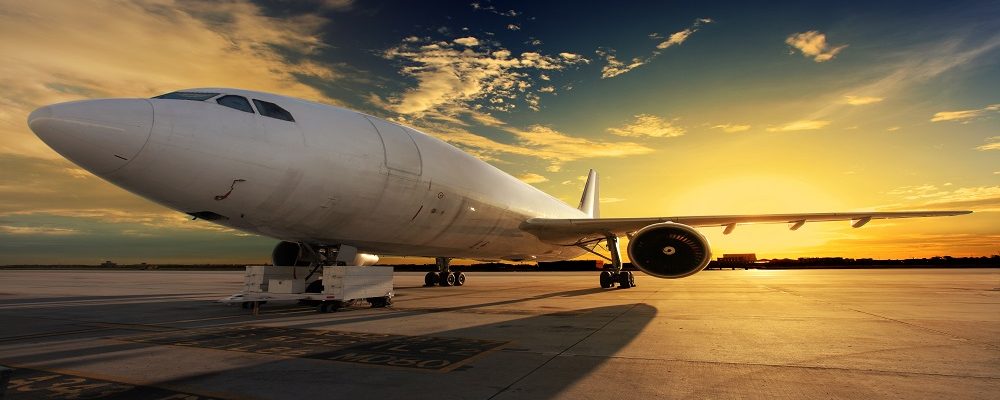
How Aviation Companies are Embracing XR (AR/VR/MR) & Metaverse

How Aviation Companies are Embracing XR (AR/VR/MR) & Metaverse
Digital Technologies has no boundaries, and it enters every nook and corner of the world. The aviation industry is one of the prominent industries that embrace the recent digital technologies to provide excellent customer experience. Aviation companies are finding creative ways like VR to improve services and increase efficiency.
AR and VR in Aviation
In recent years Augmented Reality (AR) and Virtual Reality (VR) use in the aviation industry has increased and it is used in every facet. In-flight simulators, AR and VR are employed to provide more realistic training environments for pilots by superimposing important flight information on real-time environmental data.
It can also assist pilots in enhancing their situational awareness, training on emergency procedures, and weather conditions in different types of aircrafts. VR can provide passengers with more information about the flight, such as current data on the plane’s speed, altitude, and location. This can improve the passenger’s overall flying experience. By adding directions and information to their mobile devices, it can also assist travellers in navigating airports.
Metaverse in Aviation
It is the modelling and virtualization of aviation-related activities. Metaverse has different purposes in aviation such as users can experience simulations of actual aviation circumstances, fly virtual drones or airplanes, and take part in virtual air shows.
Metaverse can also be used as a training and research tool for aviation-related fields including aerospace engineering and air traffic control. It also provides exciting opportunities to investigate and experience aviation in a new and creative way. It will be interesting to observe how flying in the Metaverse look and what new uses are created as technology advances.
Use cases of AR, VR, and Metaverse in the Aviation Industry
1.Trainiing and Simulation
Aviation companies have been using VR for pilot and crew training. These virtual environments allow trainees to practice flying, emergency procedures, and other scenarios in a safe and controlled environment. This technology can be especially useful for learning complex procedures and practicing operations without the risk associated with real-world training.
2. Design and Prototyping
New airplanes models are made and tested using VR & AR. Before actual prototypes are constructed, engineers and designers can interact with it to visualize and improve designs. This could speed up the design process and identify potential issues early.
3. Maintenance and Repairs
AR and VR have been utilized for maintenance and repair tasks. Technicians can wear AR glasses that overlay digital information onto real-world aircraft, helping them identify components, access repair manuals, and follow step-by-step instructions.
4. Air traffic control simulations
VR is the place to simulate air traffic control scenarios allowing workers to practice complex situations and improve their decision-making skills.
5. Cabin crew training
Cabin crews can be trained using VR to deal with a variety of in-flight events including safety protocols, passenger relations, and emergency protocols.
Airlines which are using Virtual Reality
1. Qatar Airways
They are using VR training for several purposes to train ground handlers and line maintenance staff. Qatar Airways is using VR training simulation to transition from training programs that are instructor-driven to training programs that are learner-driven.
They are also using specially designed airside environment for Qatar Airways with a variety of virtual aircraft from Boeing to Airbus to enable training in a highly realistic virtual environment and cut down on training time and cost.
2. Lufthansa
To provide its customers with in-flight entertainment, Lufthansa uses VR technology to provide a 360-degree immersive video viewing experience. The German airline uses VR to encourage customers to upgrade their seats from economy class to business class by showing them the 360-degree video of business class.
3. Air France
It is providing its passengers with immersive entertainment experiences through head-mounted displays. With partnering with XR companies like Sapizon Technologies, Air France has developed a special headset for passengers who fly on its Airbus A340.
4. Japan Airlines
It uses VR technology to enhance the training and skills of its aircraft mechanics. The engine run-up technique can be better understood by mechanics and maintenance engineers by using virtual reality training simulation programs. Also, the aircraft mechanics has the chance to put their expertise to the test in different scenarios, spot the errors and work on them.
Bottom Line
It is vital to understand the factor that the adoption and integration of XR in the aviation industry can differ depending on elements like technological developments, legal considerations, and the unique objectives of each company.
AR and VR will enhance R & D, maintenance & repair, product innovation, and development in the aviation industry.
Sapizon Technologies is an AR and VR solution development company that helps to create engaging XR solutions for the aviation industry.